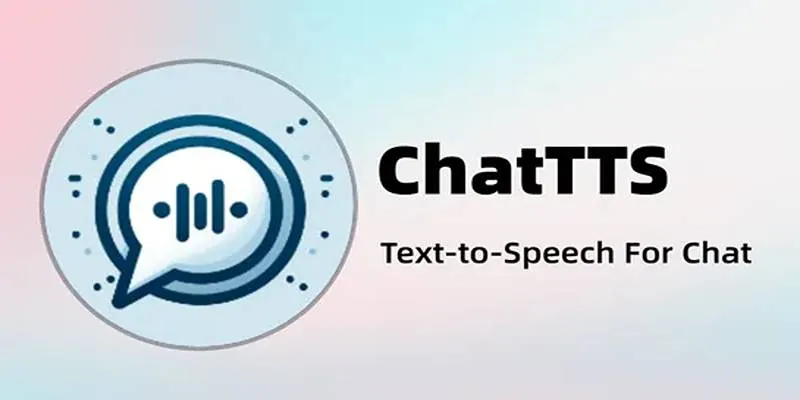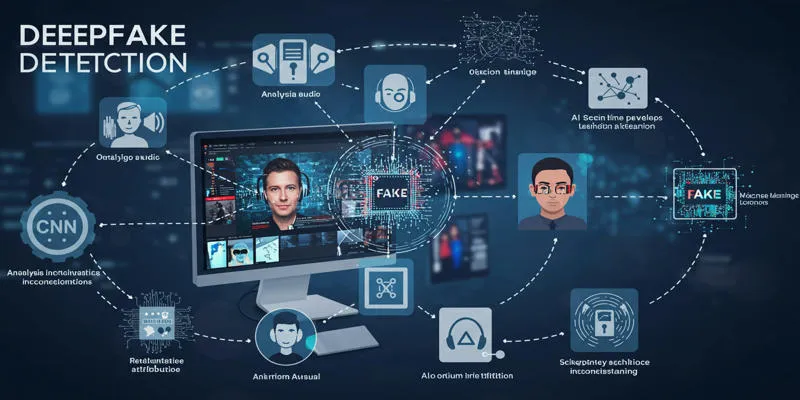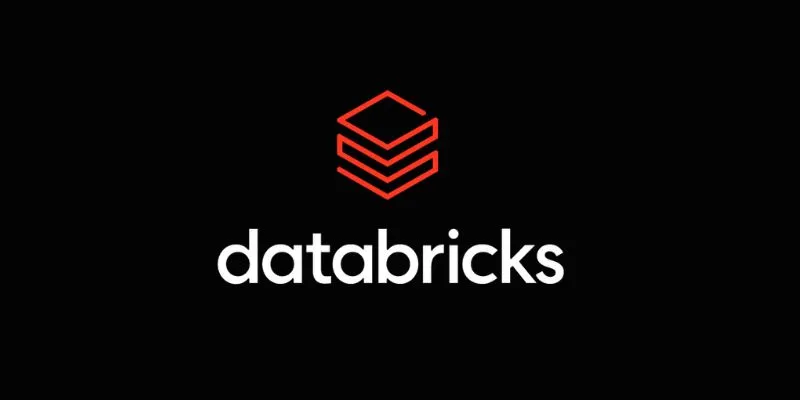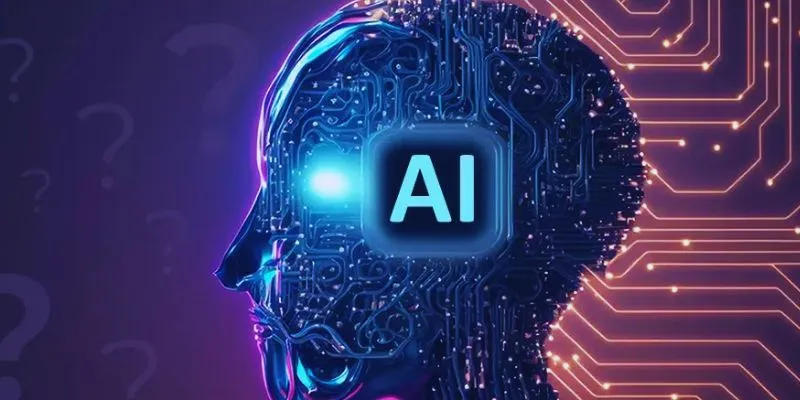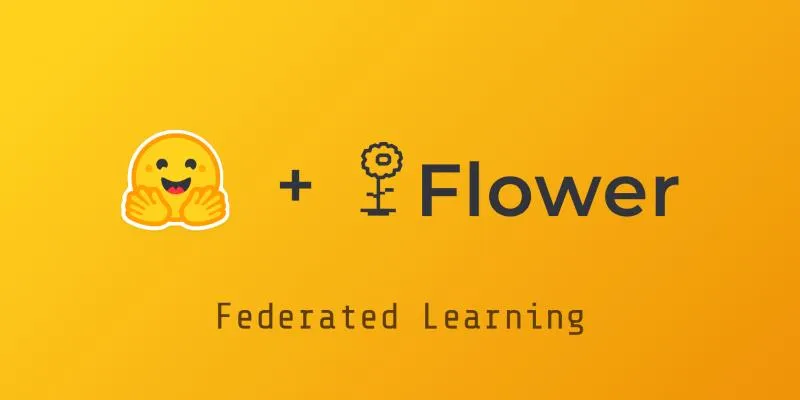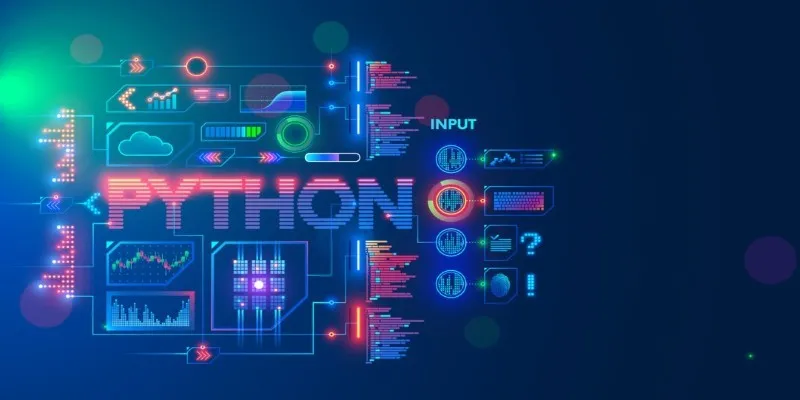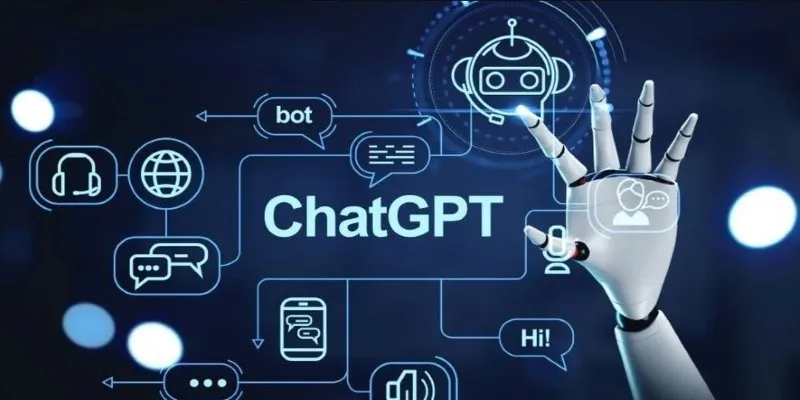Text-to-speech technology has advanced rapidly in recent years, yet few tools can produce audio as natural, expressive, and flexible as ChatTTS. Designed with control and customization at its forefront, ChatTTS is a cutting-edge AI model that transforms written content into smooth, speech-like audio.
From expressive dialogues to multilingual support, this tool doesn’t just “read” your text aloud—it brings it to life. If you’re seeking a solution that offers high-quality speech generation with adjustable parameters, ChatTTS could be precisely what you need.
Let’s explore what makes this model stand out in the growing ecosystem of voice generation tools.
What Makes ChatTTS Unique?
ChatTTS offers a robust framework for generating speech that feels genuinely human. Unlike many generic TTS models, it prioritizes control, context- awareness, and emotional nuance.
At its core, ChatTTS supports:
- Conversational fluency for back-and-forth dialogues
- Dual language compatibility , primarily in English and Chinese
- Speaker identity customization , to mimic various voice types
- Token-based control for adjusting speech delivery
This model isn’t just about converting sentences into sound. It synthesizes dialogue with natural rhythm, tone, and subtle variations—qualities often missing in traditional voice tools.
Built-in Control with Special Tokens
What sets ChatTTS apart is its ability to follow specific control tokens embedded within the text. These tokens instruct the model to introduce pauses, laughter, or subtle breaks, allowing the audio to sound less robotic and more lifelike.
There are generally two kinds of control you can apply:
- Sentence-level control , such as adding pauses or emotional markers
- Word-level refinement , where breaks and expressions are applied to individual phrases
This token system enhances flexibility for creators who want to maintain consistent delivery across long scripts while preserving expressiveness.
Customizing Output for Better Speech Quality
Another strength of ChatTTS is output fine-tuning. Users can adjust the generated speech by tweaking a few parameter values, which include:
- Speech speed
- Voice variation or pitch
- Speaker identity embedding
By adjusting these parameters, you can create audio that matches different tones—be it professional, casual, or dramatic. This makes ChatTTS suitable for use cases where consistent emotional expression or varied voice delivery is needed.
Ethical Design and Responsible Usage

As text-to-speech tools grow in popularity, so do concerns around misuse. The developers behind ChatTTS have taken proactive steps to address these concerns by:
- Embedding imperceptible noise to identify synthetic audio
- Limiting overly realistic replication of voices
- Exploring open-source watermarking mechanisms
These safeguards reflect the model’s commitment to responsible innovation and ethical use. It’s a reminder that while advanced AI tools offer creative possibilities, they also demand thoughtful usage.
How ChatTTS Handles Text Processing
Text is first refined before being converted to speech. The model parses the structure, identifies tone and intention, and applies speech tokens. These tokens can be implicit or explicit, depending on the user’s configuration.
You can guide ChatTTS to pause between words, add expressive tones, or simulate a laugh mid-sentence. The model interprets these cues, resulting in smoother and more dynamic voice generation.
This process helps ChatTTS move beyond flat or emotionless narration, which is often the limitation of standard TTS systems.
Running ChatTTS: What You Should Know
To use ChatTTS, users typically follow a simple two-step approach:
- Prepare the environment – This includes installing the required packages and loading the model weights.
- Feed your text and parameters – You provide your input text, along with customization values (e.g., speed or speaker type), and the model generates the audio file.
For efficiency, you can avoid using exact code commands by interacting with the system via a graphical interface, such as a web UI, where all adjustments are made via sliders or checkboxes.
This is especially helpful for non-developers or teams who want to work collaboratively on voice projects without touching any backend code.
Random Speaker Sampling
An interesting feature of ChatTTS is random speaker embedding. Instead of selecting a fixed voice type, the model allows for random voice sampling, giving your audio a unique tone with each generation.
This helps you:
- Avoid monotony in repetitive scripts
- Simulate multiple characters with different voices
- Add a fresh dynamic in audio storytelling
By leveraging this option, users can create voice content that feels more varied and alive.
Two-Stage Control for Maximum Refinement
ChatTTS also introduces two-stage control , allowing text refinement and audio generation to occur in separate phases. Here’s how it works:
- Stage 1 : The text is parsed, and tokens for timing, tone, or emphasis are embedded.
- Stage 2 : The refined version of the text is used to generate the final audio.
This two-stage method helps users test and tweak the structure of speech before committing to audio generation. It can be especially useful when fine- tuning long-form scripts.
ChatTTS + LLMs = Smarter Speech Generation

ChatTTS can be integrated with large language models (LLMs) to create highly dynamic systems. In such configurations, the LLM handles content generation, while ChatTTS converts that text into speech.
This integration brings benefits like:
- Real-time voice responses to generated text
- AI assistants that sound human, not robotic
- More natural interaction in chat-based tools
You can use this pairing to build chatbots, interactive help desks, or multilingual voice systems—all with consistent speech flow and tone.
Interface and Accessibility
ChatTTS provides both a script-based interface and an optional web UI. The graphical interface is simple, making it accessible for users who prefer not to write code. Users can paste their text, adjust output settings, and play or download the generated audio.
Its simplicity, combined with open-source development, makes ChatTTS a solid choice for both beginners and experts alike.
Conclusion
ChatTTS isn’t just another voice synthesis tool—it’s a leap forward in controllable, expressive, and ethical text-to-speech generation. With its powerful customization options, multilingual support, and thoughtful integration with large language models, it opens the door to new creative possibilities in AI-driven voice applications.
Whether you’re scripting digital dialogues, creating learning content, or simply experimenting with vocal outputs, ChatTTS lets you bring your words to life—on your terms.
 zfn9
zfn9
